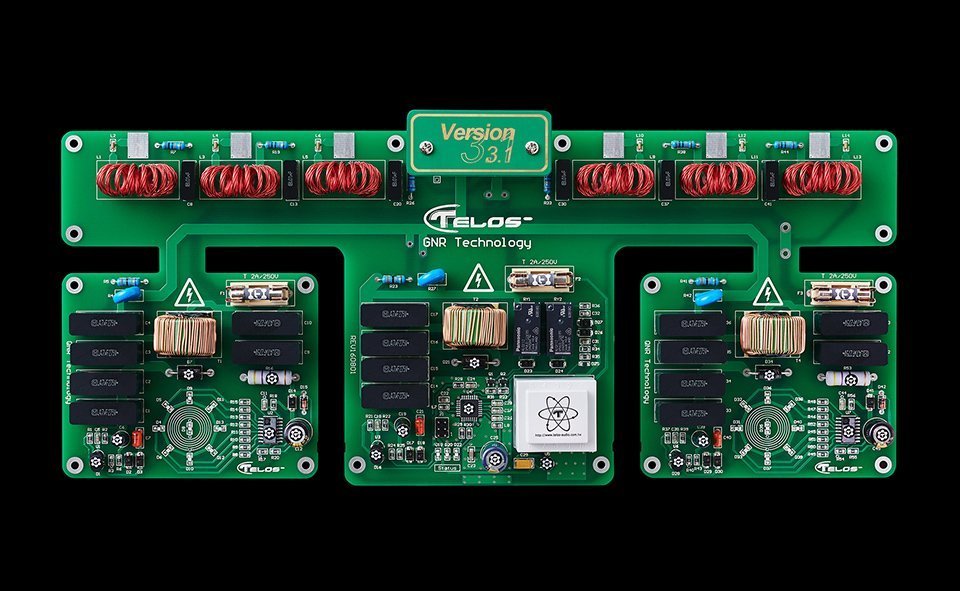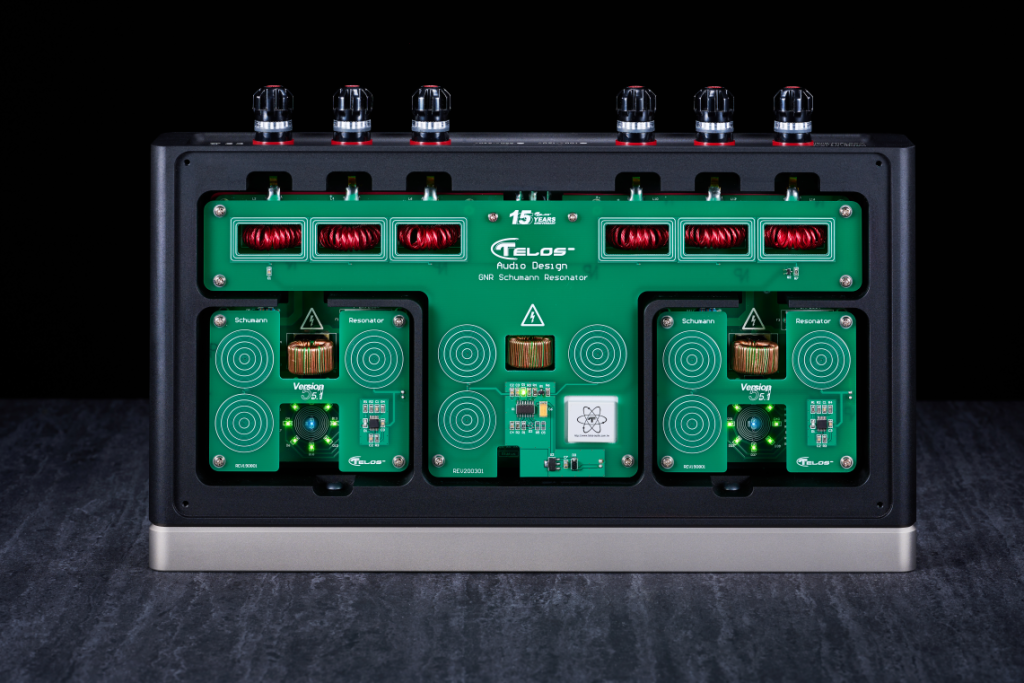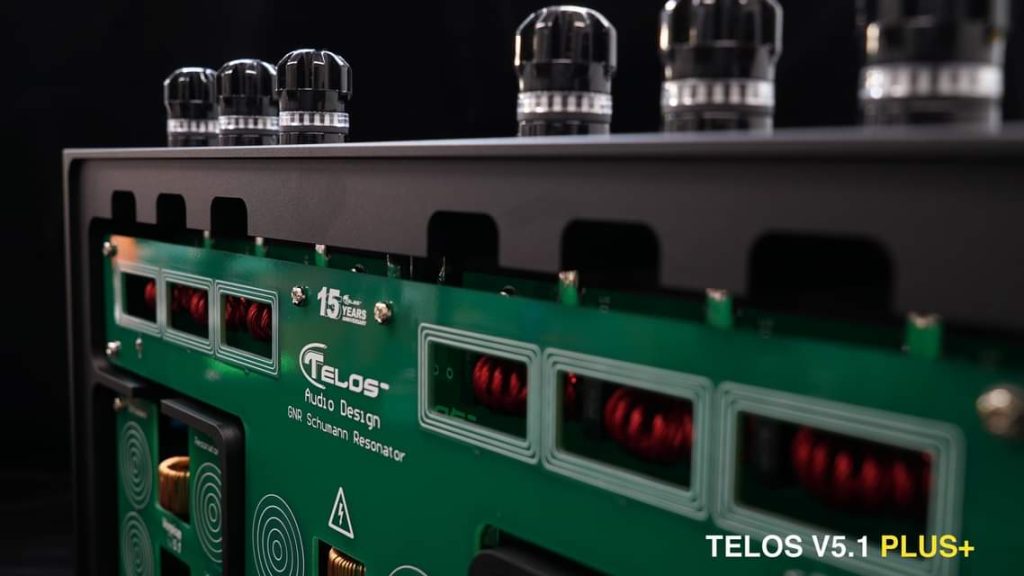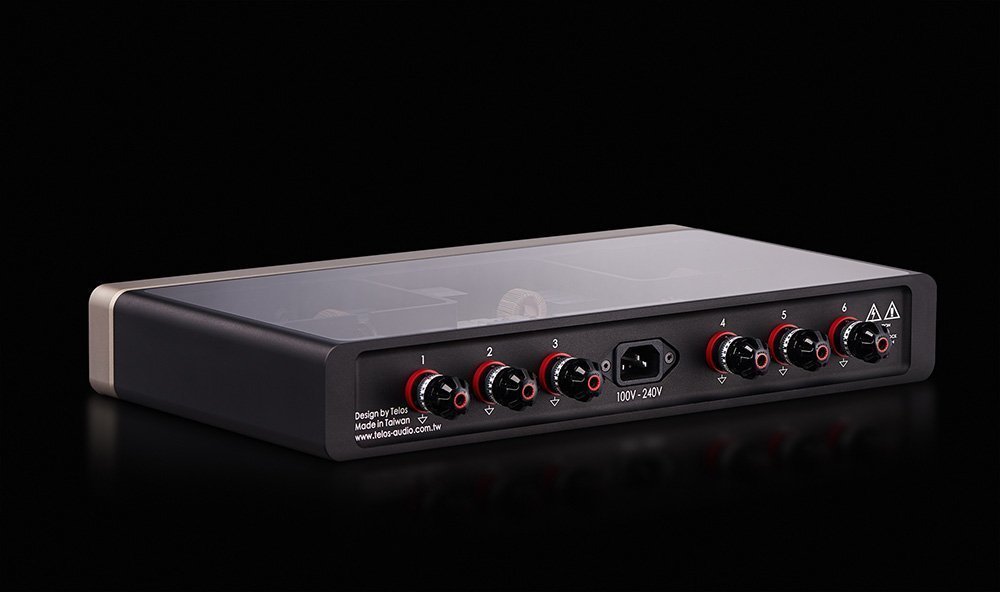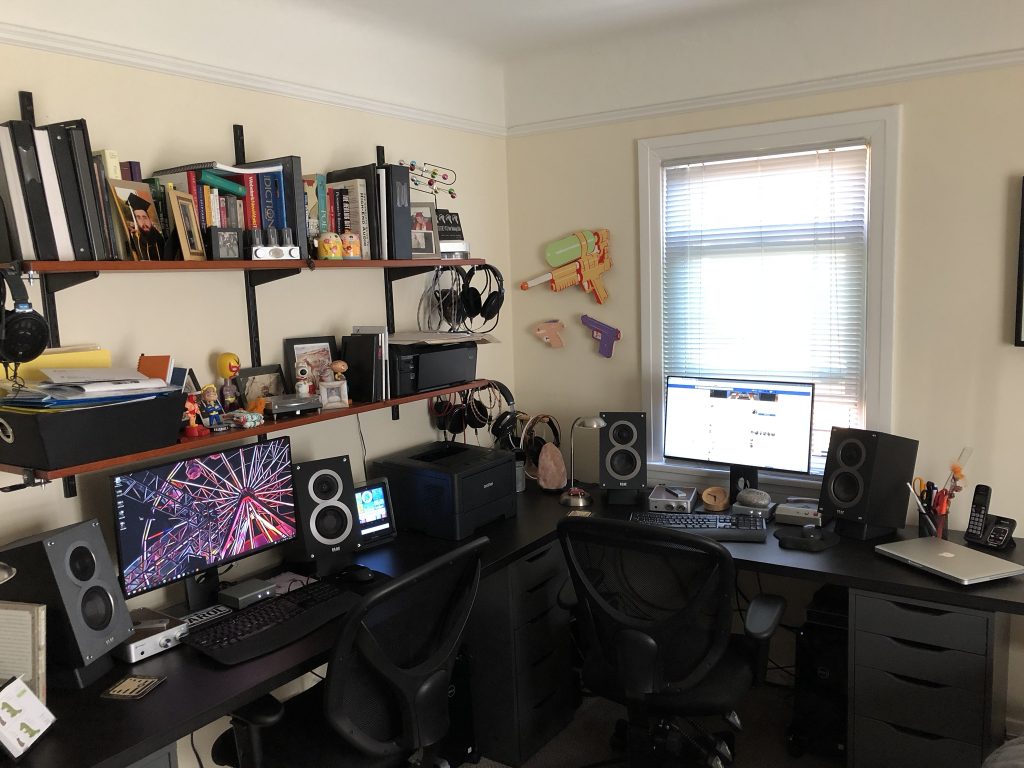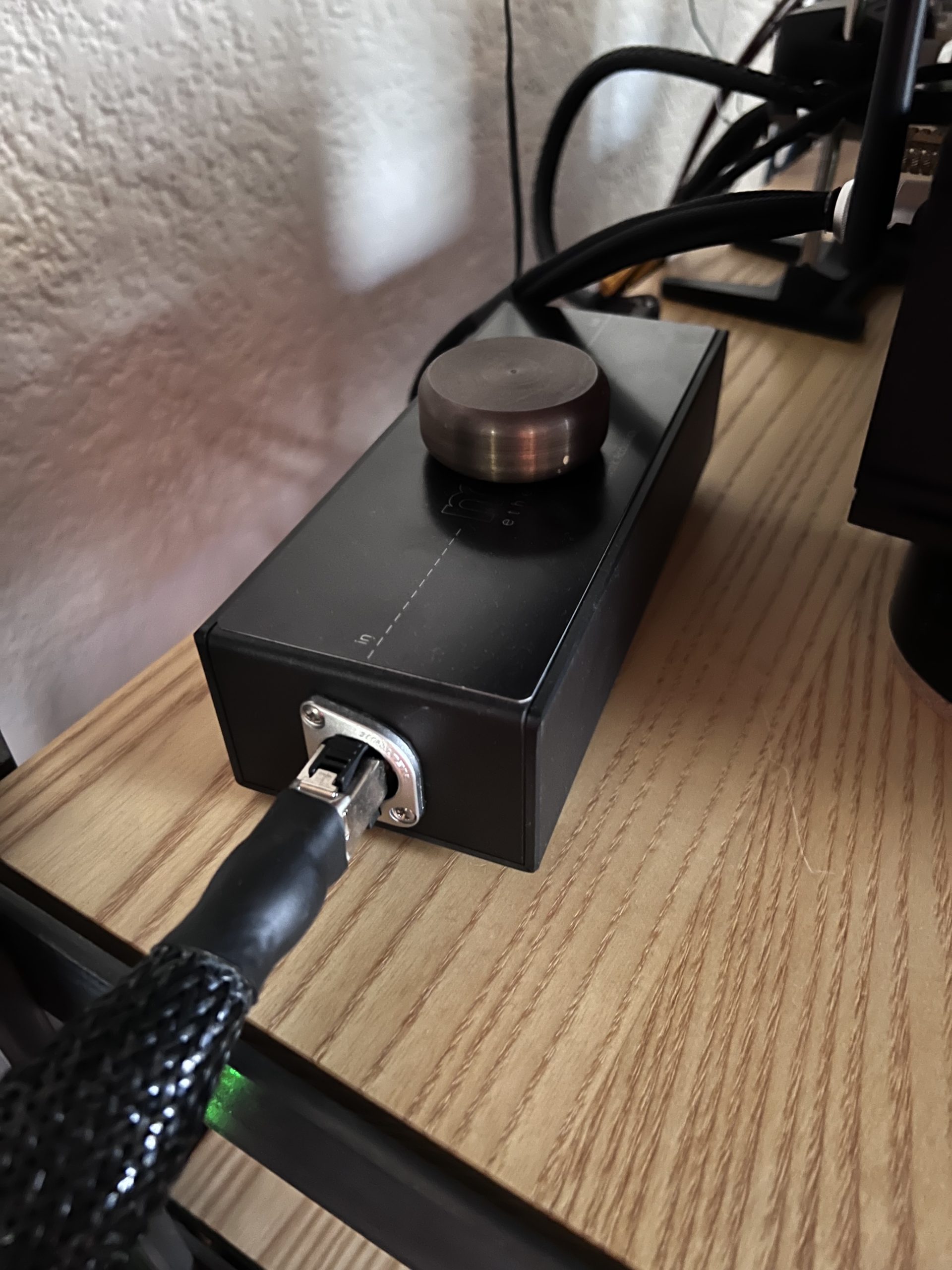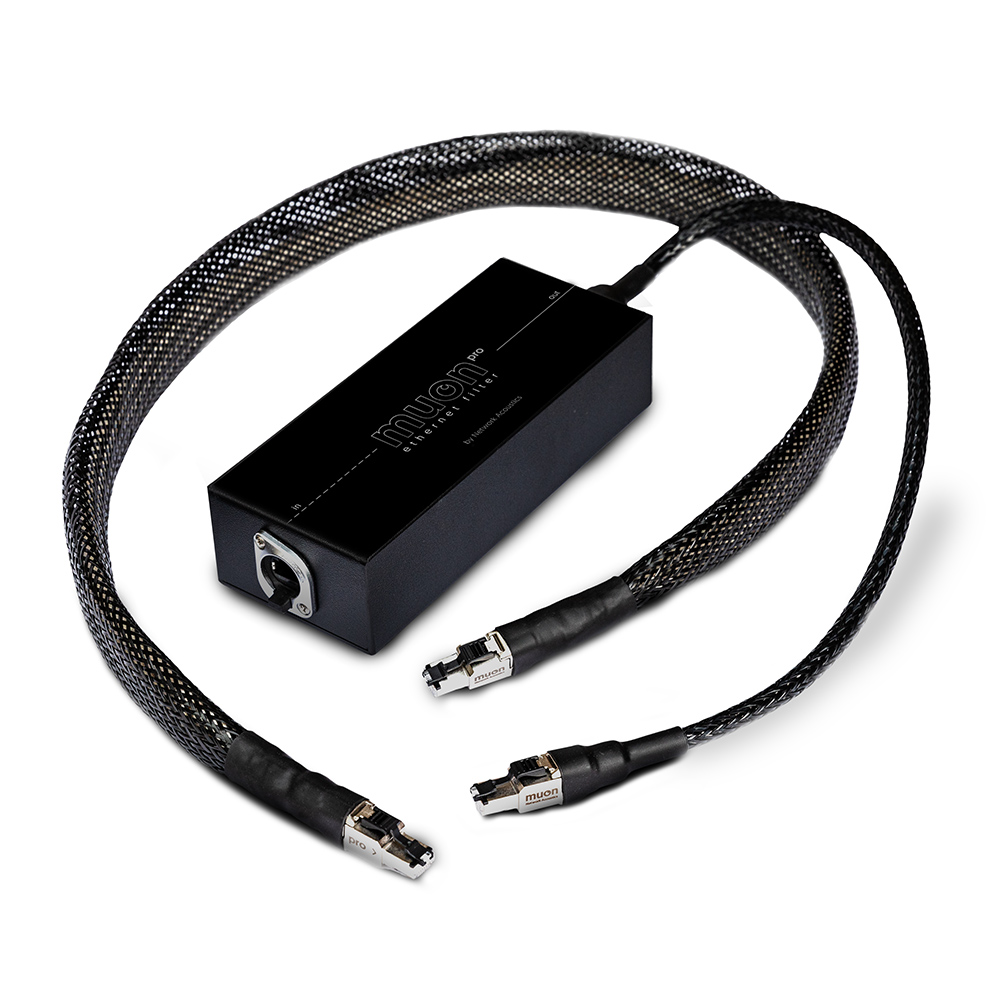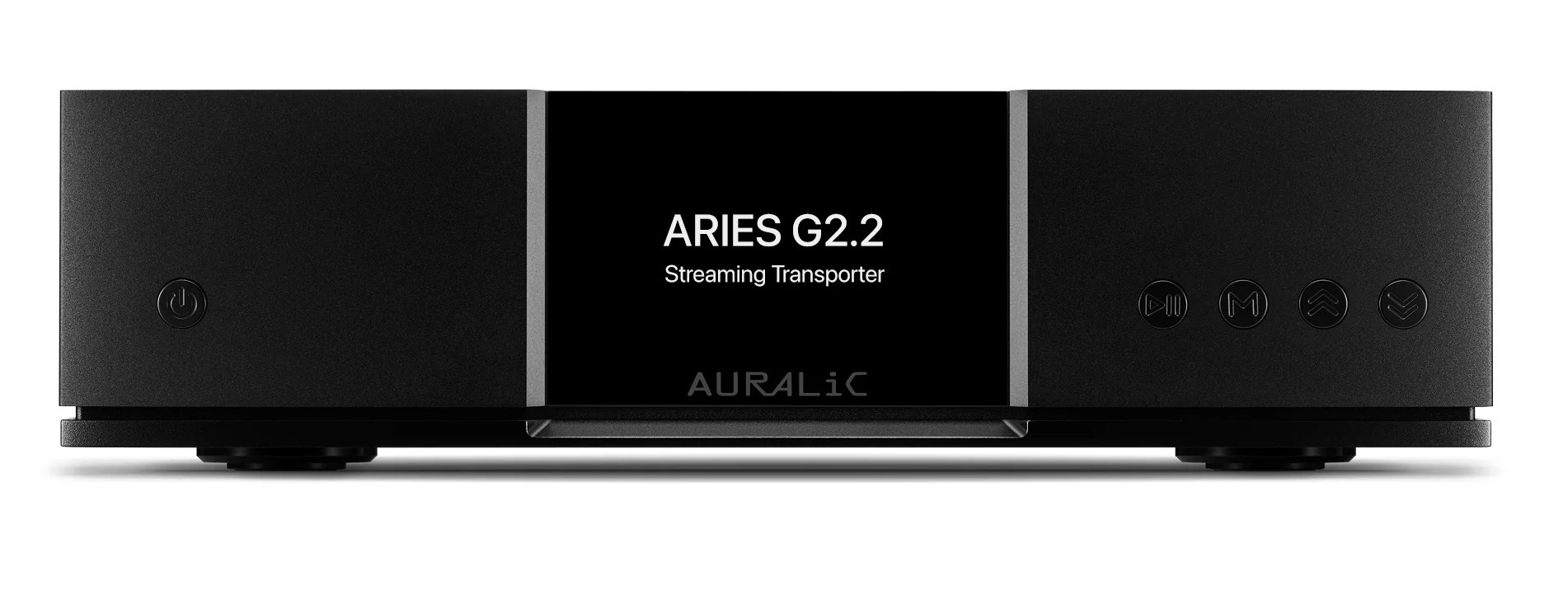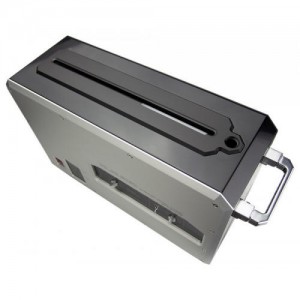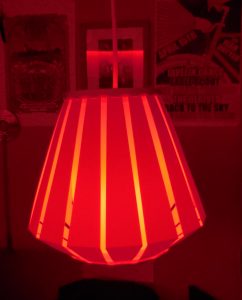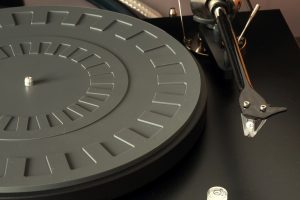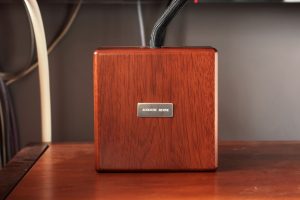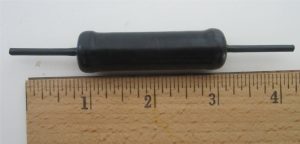Telos has been around for quite some time. I reviewed their active grounding unit in 2016 after hearing it being demoed ion the Positive Feedback Hospitality room at THE SHOW.
Impressed by what it did to the music being played, I ended up buying the demo unit and we have been living happily ever after. I will advise readers to visit my 2016 review (HERE) as what I said then applies with the V5.1 Plus+, even though the current V5.1 Plus+ is WAY better, make that effective in reducing "background" noise in the music than the original V2.1. I am, though, going to repost the manufacturer's statement as to what they are doing and why as a means of introduction …
Manufacturer's description:
Grounding facility has always been there for the sole purpose of safety. For example, shock hazard prevention, lightning protection, noise shielding and other functions.
In an audio setup, ineffective grounding has an immediate impact on the background noise. This translates to poor sound quality and greatly worsens the listening experience.
Present Situation
It is almost impossible to get satisfactory grounding facility, let alone one that meets the requirements for audio use. Most of the time, they only adhere to the minimum safety requirements. The common ones have the Neutral wire and the Ground wire connected together, or there is no Ground on the receptacles, leaving the Ground wire unconnected. This allows noise from the home appliances to pollute the Neutral wire, hence, causing interference. Electrical appliances like inverter air conditioners and those with switching power supplies, like computers, generate the highest level of interference.
When the electrical reference point is polluted with noise, it could get into the signal path and you could hear it as noise. The noise could potentially enter the digital circuit and cause bit error.
TELOS GNR Active Grounding Box
Due to the above limitations, TELOS brings new meaning to grounding implementation. And this has been proven to be the most elegant way for any audio setup.
TELOS technical team analyzes audio equipment from a unique perspective. Every audio equipment uses power transformer in order to operate at the correct internal voltage. Hence, each equipment is said to have the primary side and secondary side. The primary side is from the power receptacle, all the way to the input of the transformer. The secondary side is from the output of the transformer to the circuit board. The audio circuitry remains within the secondary side.
TELOS technical team proposes the use of CPU within the GNR to calculate and generate high precision Ground reference voltage. Grounding is achieved by connecting the audio equipment to the binding posts of TELOS GNR that carry the Ground reference voltage. By doing so, GNR is able to truly correct the Ground reference point for the equipment chassis, audio circuitry and the Ground connection.
Using the same analogy as a high precision digital clock, GNR generates low distortion Ground reference voltage, giving each equipment a consistent reference point. When the audio setup is operating on a singular Ground potential, the signal transmission becomes least impeded, avoiding any transmission loss due to polarity mismatch and bit error. Therefore, truly achieving the best transmission possible.
TELOS GNR Active Grounding Box comes with Ground cables of the same materials. Thus each equipment is having the same grounding impedance characteristics, this greatly reduces the likelihood of coloration.
By having an isolated Ground for your audio setup, the effect is as good as having a dedicated power line. Through the GNR generated Ground potential serving only your audio setup, noise will be totally isolated.
So as mentioned above and in the original review, the GNR V2.1 stripped away background noise letting us hear way more of our music. Less masking and whatnot that you are unaware of—all obscuring the music in its totality. Just to clarify background noise. You don't hear it nor do you really know it is there… until it is lessened to a large degree and then you are hearing the music as never before. As I mentioned with the Ansuz A2 Power Switch, like the recordings are new or remastered for the better… simply greater presence and realization of what it really as… as opposed to what you are used to hearing.
As I wrote in the original review of the V2.1...
And, what do I hear one might inquire. Music… and I mean way more music with the TELOS in place than without the TELOS. Differences with the TELOS are rather instant in that the TELOS needs little time to do what it does. Simply unplug the AC cord powering the unit (there is no on/off switch) and, bam… there it is… of which I used the stock cord and then swapped in a better cord from Pangaea and for sure, things did improve... so am figuring that even a better BETTER cord could make it even better still. Anyhow, even with the stock cord, I can hear farther into the depths of what is on the file, disc, or LP.
By reducing or eliminating noise that is riding along with the signal—of which is not audible or something that one can point a finger at—there is less in the way of what you want to hear… your music. You will hear more texture and space around the notes, images will become locked in and just right there… everything has its own place and presence. Less confusion and more order to the music. You will hear what is there, whether it is good or bad… meaning bad recordings will still be bad though you will hear more of what is there… and oh so natural. Meaning for sure there is less edginess to the music being easier on the ears with less strain and grain.
I have always been an advocate for devices or components that lower the noise floor—whether they be an actual component or something you plug into or between whatever. "Filters" if that helps. There are devices, or components like the Ansuz A2 Power Switch Switch (HERE), that work to keep noise from getting in—in this case via the noise riding along the ethernet. Of course, once this "noise" is in, what does one do? As noted, there are filters for AC and those used between or with other components—like within or at the end of some cable connection—all of which will do something to address noise.
The V3.1
The V5.1 Plus+ adds another board onto the V3.1.
The latest Telos V5.1 Plus+ is based on adding more and more to the V3.1 (I have the V2.1 here and understand that that became the V3.1 and then… the V5.1 and the V5.1 Plus+)—more boards and components to increase its ability to address noise in whatever it is connected to with the supplied cables. Same chassis, same look and heft. Elegant and beautifully designed case. The component selection process is said to be a long one where only a small number of parts are found to be acceptable with the rejection rate being 15 out of 16. In reading the information on the V5.1 Plus+, I find there to be a similarity to that of the Ansuz Switches with respect to the description of circuits and the like. I am not saying that they are the same and work the same, though they do appear to address noise from different ends in a way, in that that they are both designed to lower the noise floor—if not eliminate it to a vast degree. Can it ever be vanquished completely? Am thinking not as every time I use whatever to address this issue and I try something else in addition to that component or device … damn! We hear layer(s) being stripped away. More music. Simply blacker backgrounds and quieter... less is more. For sure you get used to an improvement and that becomes the norm or reference. As good as it gets til the next item... though I hope we reach the end of the road... eventually!
But, I am getting ahead of myself here. But I do ramble, so what else is new?
Okay, we listen to music with our usual practice of "what should we play next" while the V5.1 Plus+ is settling in elsewhere. Nothing has changed—the V2.1 is connected to various components via the supplied cables: USBs to the PS Audio DAC, Integrita NAS, and AURALiC Aries G2, and RCAs to the Heed phono and PS Audio preamp—digital stuff one side and analog stuff the other side. Switch in the 5.1 Plus+ for the 2.1 keeping the same connections as noted which only takes a few minutes, and we both look at each other and agree… more music. More clarity, presence, resolution… as noted with the Ansuz A2 Power Switch, like a different mix or recording/mastering/mix. Same music, but more of it. Simply less background noise that is obscuring things. Yeah, sounded wonderful before with the V2.1 and Ansuz A2 Power Switch, but this just builds on what they both were doing. And yes... the lights inside still flash in the dancing circle...
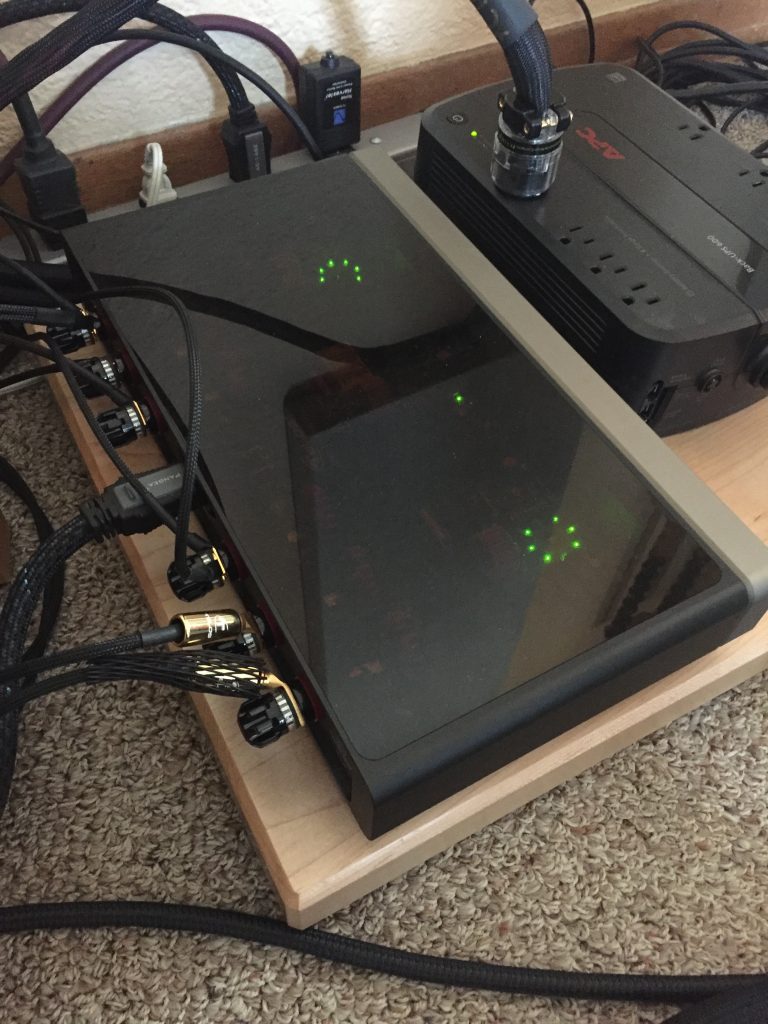
The older GNR V2.1 as situated when we wrote the original review years ago.
As I noted with the Ansuz A2 Power Switch…
Greater transparency. More music. Blacker blacks. Less crap getting in the way of whatever it is that is going from A to B. Simply hearing your music as never before. Literally. Like listening to a different mix of whatever we were playing. Remastered. Not just to remaster though like we see so often… not so much better, just different, but with the A2, yeah… our music sounds like a killer remaster. Fresh.
Of course, the V5.1 Plus+ is not about what is going from A to B, but what is happening in A and B… and C, D, E, etc.
And as with the Ansuz A2 Power Switch, it is not changing the music. There is no tonal shift or added/subtracted whatever with respect to frequencies and whatnot, no, there is simply more of what is there with less being in the way. It is not brighter or deeper, the bass doesn't go further, nor does the treble. There is no edge or glare… the things that are easily interpreted as being more detailed or revealing. It is not going to change what is on the the LP or disc… or the file or stream. It is just going to let more of it through. More of the music. Less coloration caused by noise. You hear things unlike ever before.... but yeah, it won't make bad recordings better. Sorry, you will just hear them differently with respect to revealing more of what is there. Same with great or so-so recordings. More is better.
But with all that in mind, the music could become fuller, richer... and more dynamic. Texture, space, presence...density and heft... all with less grit and glare. We certainly hear all that to some degree as the noise floor is lowered and more of the music is being revealed, but for us it is more about the whole as opposed to the bits and pieces. Just the way we listen... not focusing on the little things, but the overall presentation of our music in the room. So going back and forth is not in the cards... listening to this or that. We play tracks, albums or whatever, and while we might remark that we have never heard that sound like this before, it is not anything we strive for when improving our music. More about the totality than the minutiae. The 5.1 Plus+ does that. It makes the totality of the music that much better, that much more compete and engaging. As noise is stripped away, there is the awareness of how everything fits and works together better in whatever is being played. A greater unity and cohesiveness. But yeah, you get all the subtleties and nuances in heaps. It is just all there in a very natural sense of the musical presentation. Flow, ease, air, space, decay, engagement... all good. All better.
Lower the noise floor and more of what is there comes through. I know... being redundant here, but it has to be repeated... and repeated... and repeated again. Simply stunning what happens, when that happens.
Am told that the Schuman resonators only address the the 5.1 Plus+ and components that are connected to the unit and do not extend their "effect" out into the room.
Is it an improvement over the V2.1? Uh… yeah. Vast? Twice as good? Three times as good? Three hundred percent better? Hmm…. Not going to go into things being whatever percentage or times better than before, way too subjective to go that route. But yeah, they have taken what one was experiencing with the V2.1 to a whole another level with the V5.1 Plus+. Not sure what all the additional circuits and whatnot are doing compared to the older V2.1, but yeah… it works. Note—I don't expect nor demand that Telos spill the beans on how what they have done is doing what it does. That is, what this circuit or board does to whatever. Their intellectual property. That being, yes... if it works it works... it doesn't matter what is doing what. On the other hand, if it doesn't work, then it still doesn't matter.
And while the V5.1 Plus+ is so good at what it does, the word is that you can experience it with only one component connected to it. Choose from one of the six and go to town. I have not tried this as it seems the the V5.1 Plus+ would be most effective connected to everything in the system. Maybe it is overkill, not sure. It does comes with six basic cables (spade to spade), though one can either order other configurations or modify these (USB to spade, RCA to spade, etc.) So I am thinking... connect it all! Screw it.
Actually, never said this but here it goes. Really don't care how great you think or others think your system is and how wonderful it reproduces music. Might be the greatest thing since sliced bread. And you might be the happiest listener ever. We did and were... but until you have heard what the Telos GNR products can do, or those from Ansuz, you are really scratching just the surface of what is possible. So much more of your music music is being obscured from the background noise that is just sitting there doing its thing. As good as it sounds, that is just a teaser. Not inexpensive for sure, but as noted with the Ansuz A2 Power Switch, these are components, not accessories. Components that are requisites to hear what is really there.
Highly, highly recommended.
GNR V5.1 Plus+
Retail: $8000
Upgrade path:
V2.1 to V3.1 USD$950
V3.1 to V5.1 USD$750
V5.1 to V5.1 PLUS USD$900
Total USD$2600 (shipping fee NOT included)
Telos
Images courtesy of Telos and the author.




